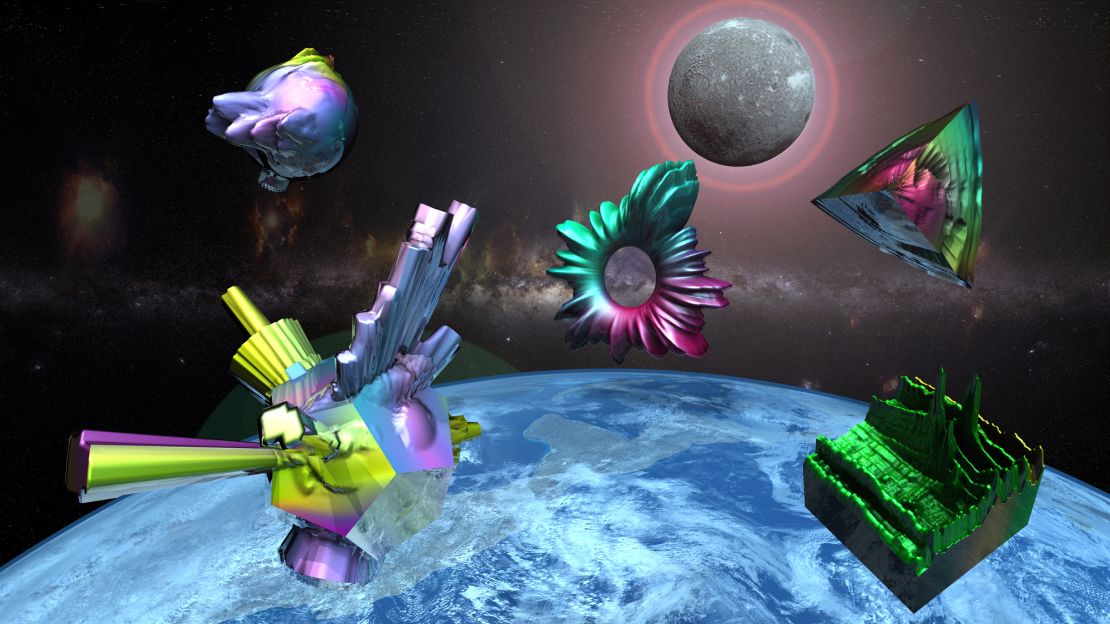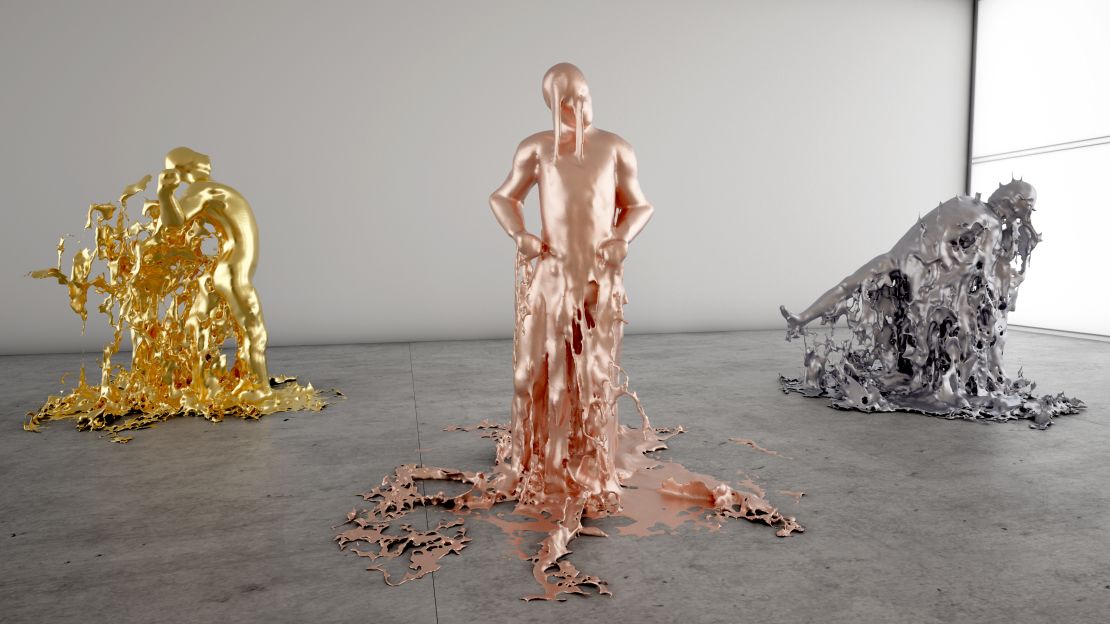Story highlights
A sculpture inspired by laughter will be the first piece of 3D printed art in space
Social media will decide the winning laugh
Space travel remains a distant reality for most of the world’s population. But, next year, the sound and shape of your laughter could make it aboard the International Space Station. A new project by Israeli artist Eyal Gever called “#Laugh” invites members of the public to download an app that generates a unique “star,” or digital 3D sculpture, based on the sound of their own recorded laughter.
Judged by popular online vote, the winning design will be sent to the International Space Station (ISS) and printed using a pre-installed 3D printer. The project is a collaboration between the artist and UK app developers Platoon and Made in Space.
In 2013 Made in Space worked with NASA to install the first 3D printer in ISS and, later the following year, the team were able to print their first object.
“I think we can confidently say this will be the first sculptural art made in space,” Spencer Pitman, Made in Space’s product strategy director, wrote in a statement for CNN.
“More importantly, ‘#Laugh’ uses some of the best things that humanity ever created to reflect our culture,” Pitman added.
A palette of code
Gever often works with energy – such as sounds and movements – to create sculptures. Laughter generates a significant amount of energy and allowed Gever to produce a variety of shapes and forms.
“Lately, the world seems to be dominated by racism and the rise of right wing politics. Laughter is something we can all do, and that unifies us,” Gever told CNN.
NASA lures would-be space travelers with awesome tourism posters
The artist explained that he chose geometric elements to represent laughter because they are recognizable to everyone.
“We call them primitives. They are basic shapes from which unique sculptures can be created,” Gever explained.
But there was a bigger question for the artist: Whose laugh would represent humanity?

Art via social media
“Social media was the answer. I wanted the world to participate. The most popular laughter – etched in space – will be sourced from the wisdom of the crowd,” said Gever.
The Israeli artist hopes that in the future people using the app will be able to purchase sculptures of their laughs to display at home.

“It is a journey from voice to code, and from code to something tangible and artistic,” said Gever.
According to the artist, laughter reminds people that there is beauty in humanity.
He sees the project as an opportunity to focus on what really matters: “Parents can immortalize their baby’s laughter. Above all this project is meant to make us think of how we want to be represented in the future.”






















